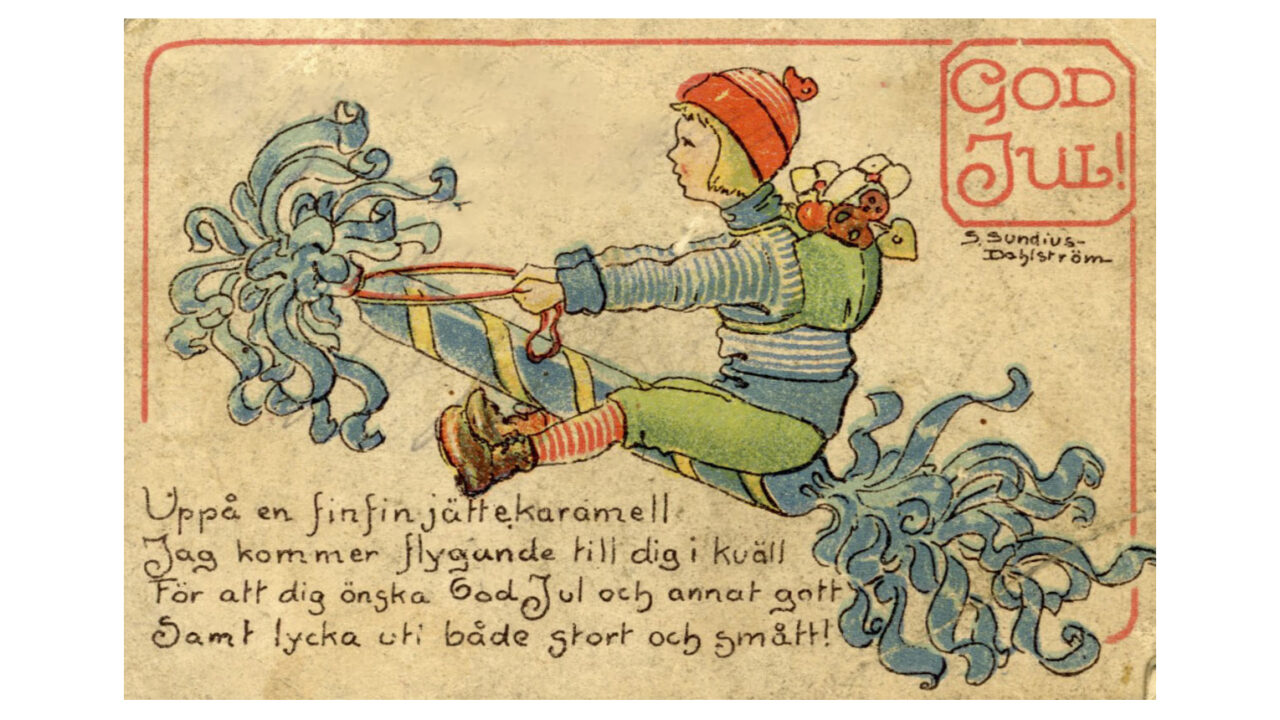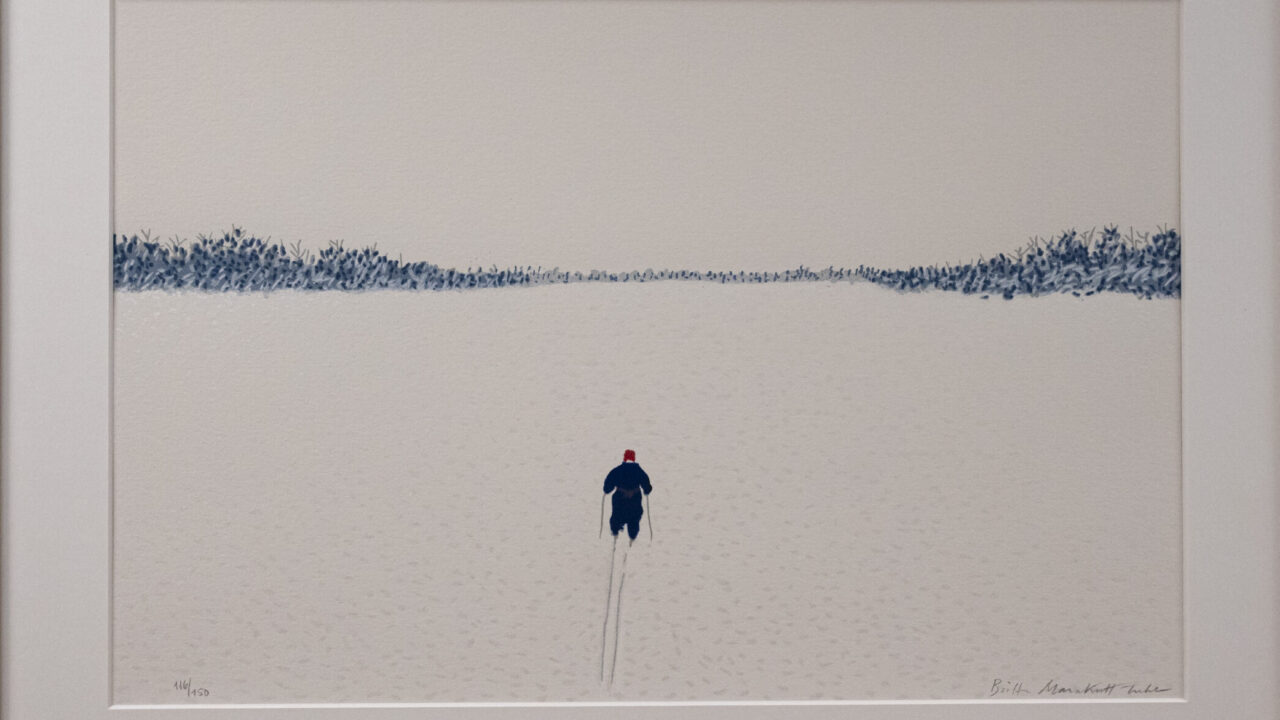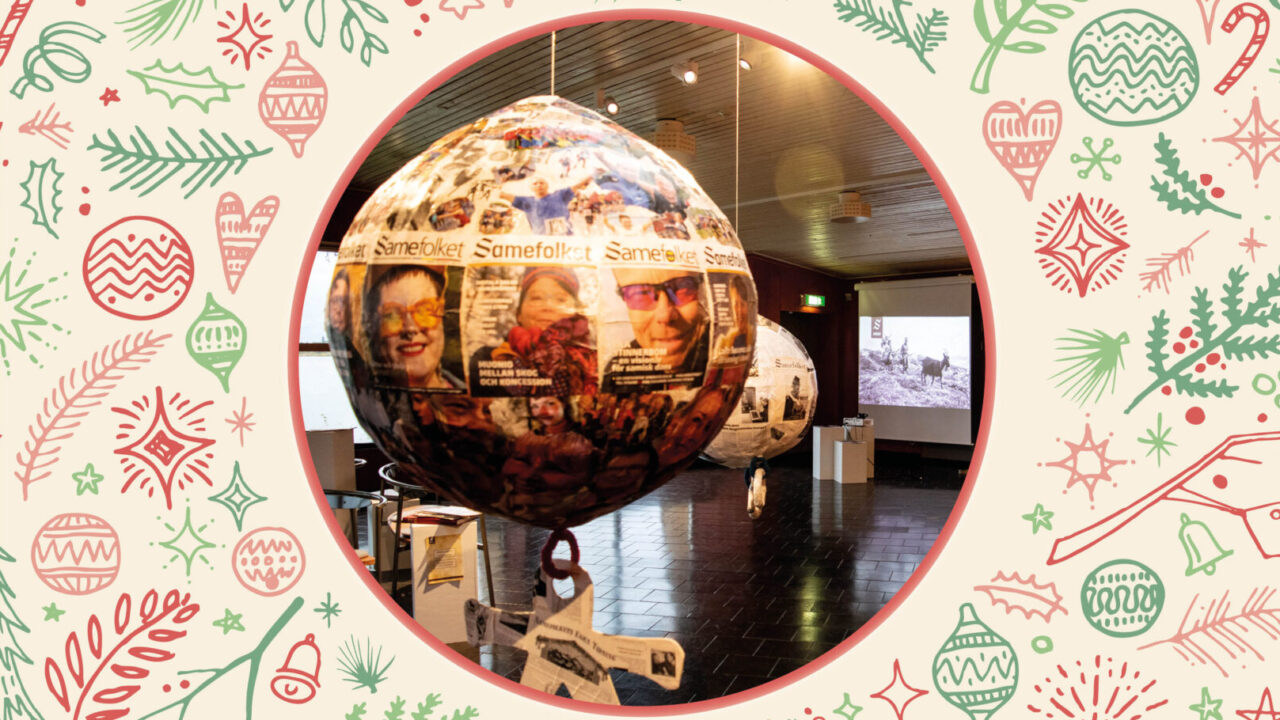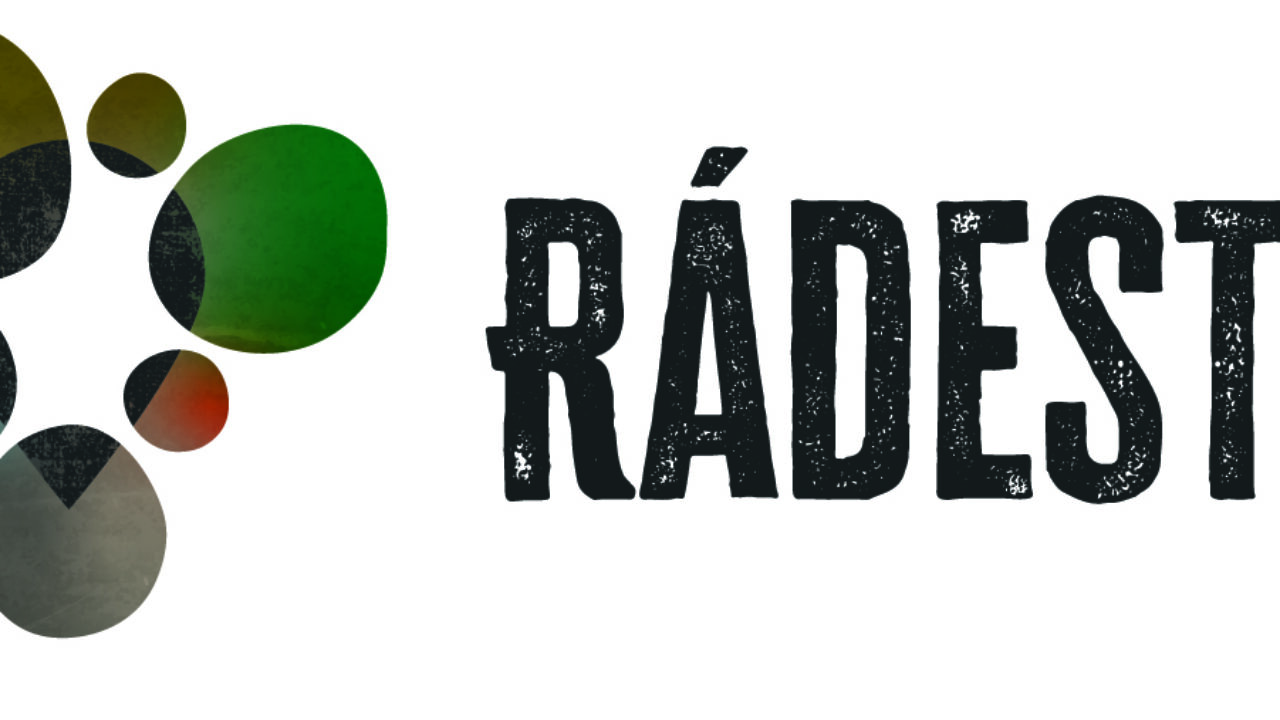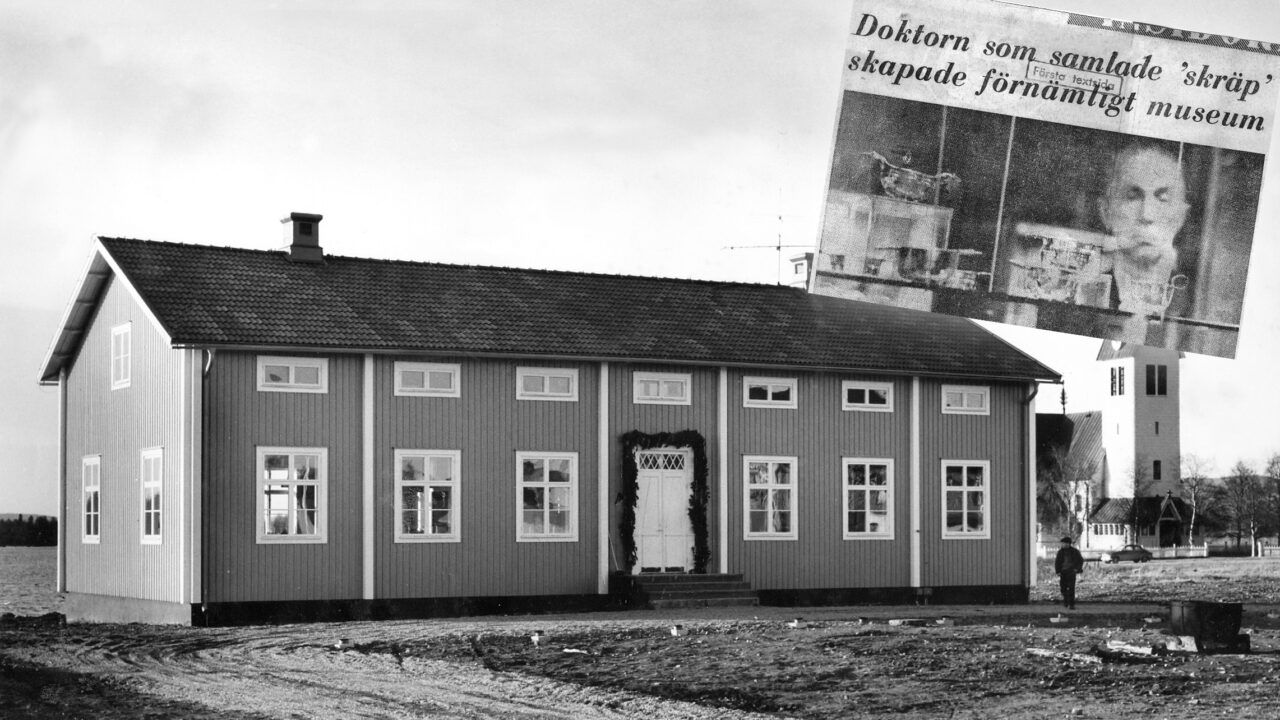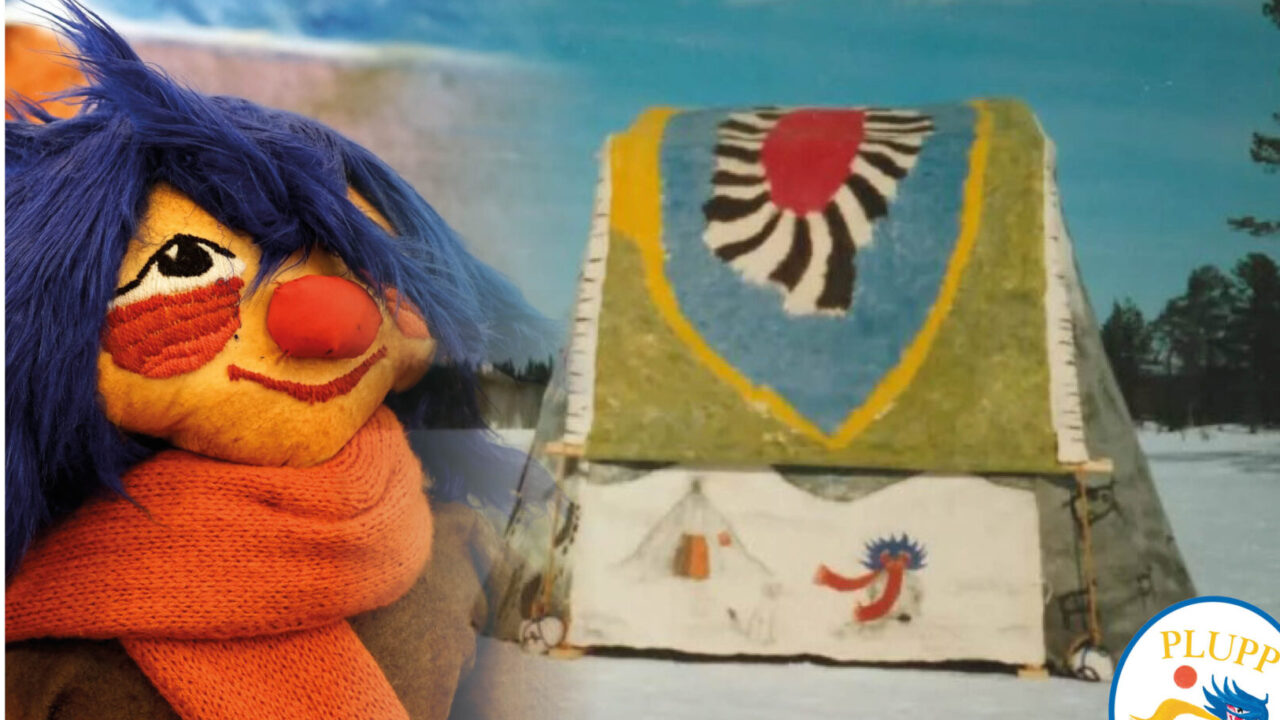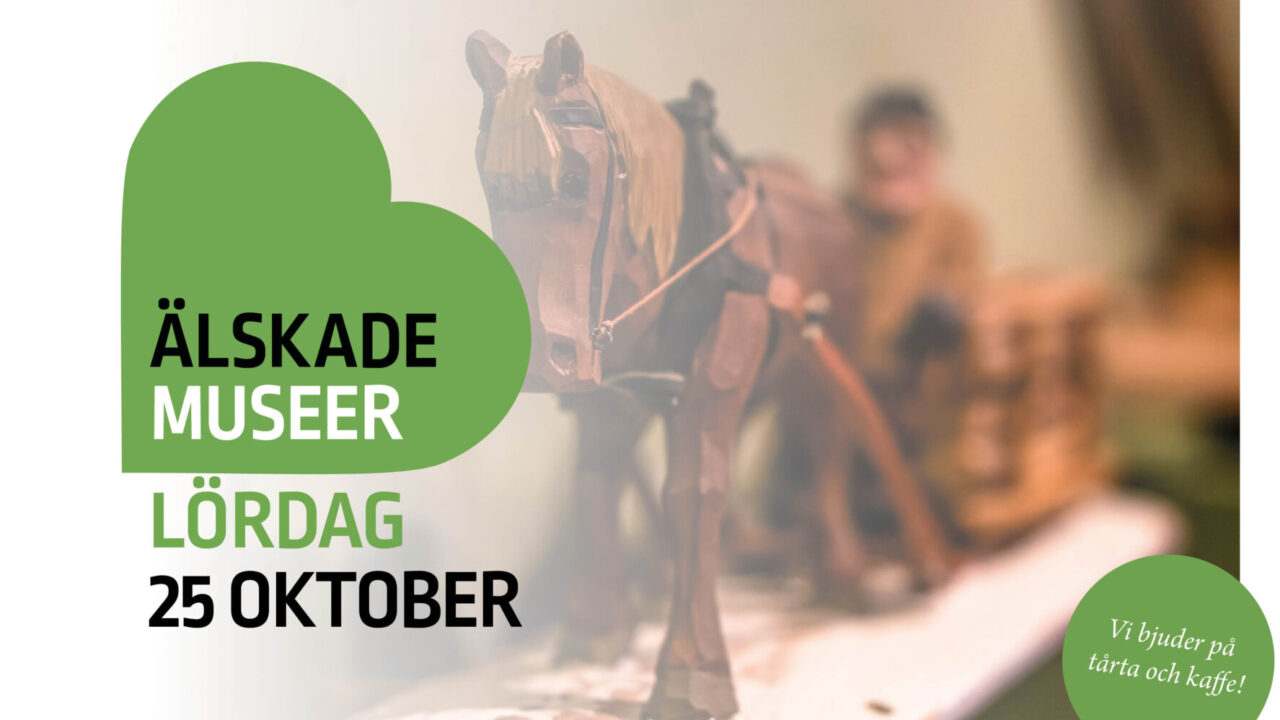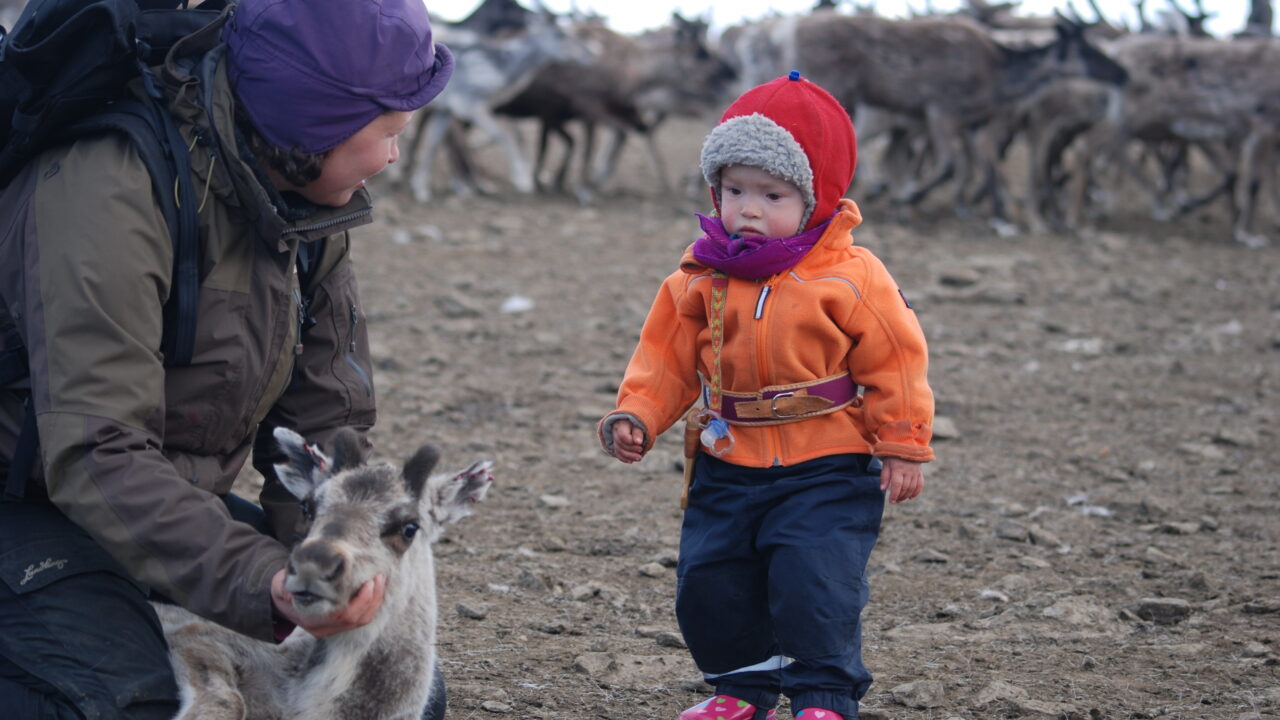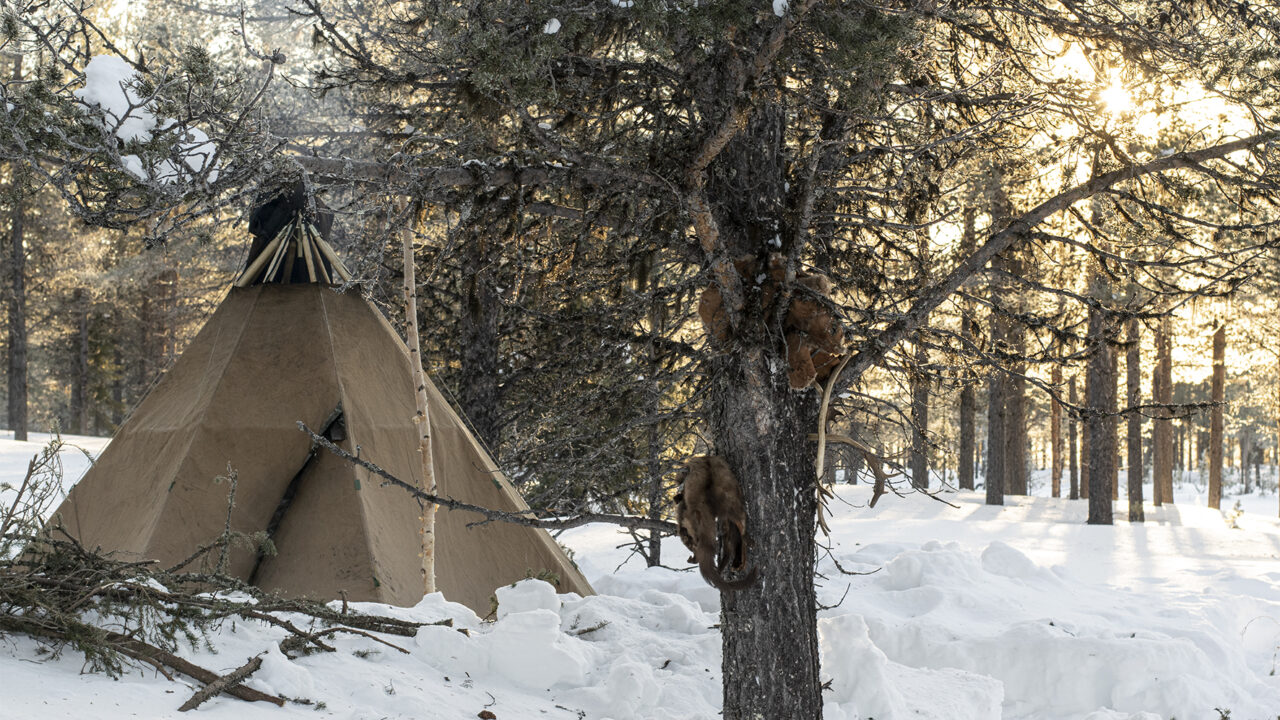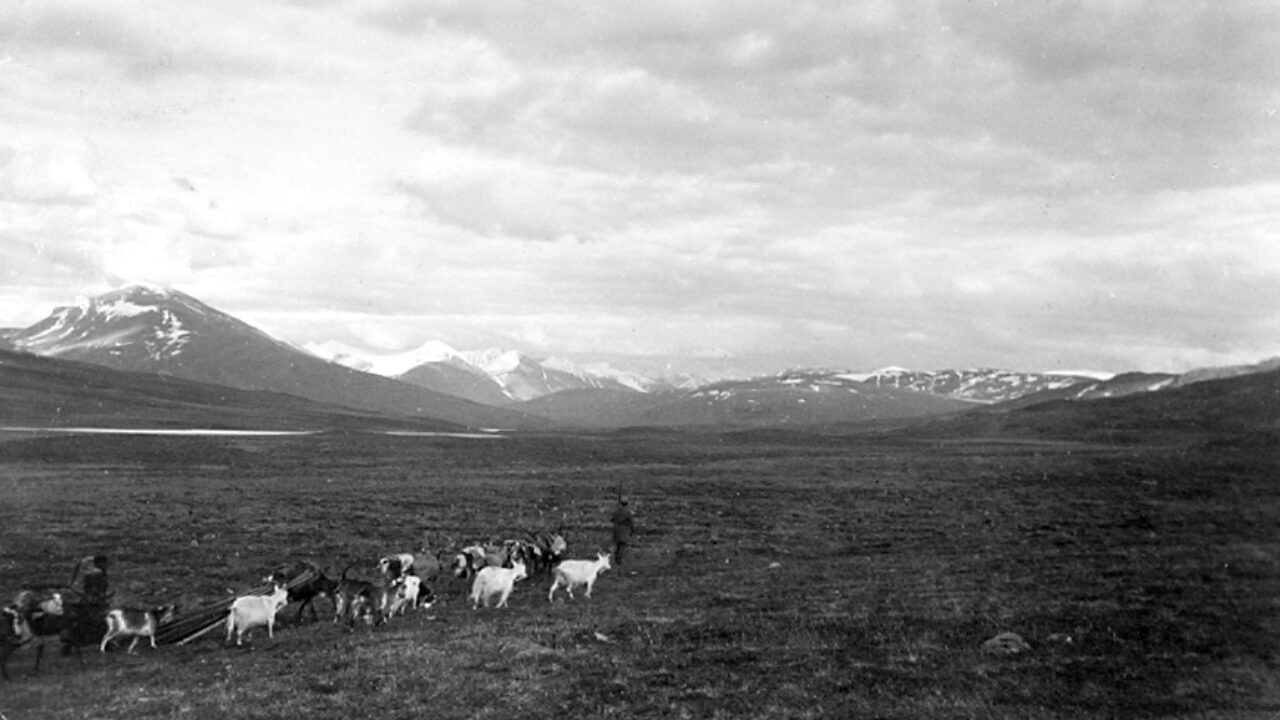Unique finds emerge in the high mountains
What's new

A 2,500-year-old horn spearhead and a sensational number of arrows have been found in melting snow patches in Norrbotten and Västerbotten.
Over the past few weeks, archaeologists and glaciologists from Stockholm University, the Silvermuseet, Ájtte and Västerbotten Museum have inventoried snow patches in high mountain areas on the Swedish side of Sábme, where parts of a total of 15 arrows have been found. The finds are unique in Sweden in terms of both number and material.
The spearhead, found during last year's inventory, was the first really big find made in the GLAS project*. - It was shown to us at the museum when the archaeologists came down from the mountain. I realized it was very special, as I had only seen metal spearheads before. So when the dating came and it turned out to be 2500 years old... I got chills! says Matilda Sundström, conservator at the Silvermuseet.
During this year's inventory in the same place, the snow cover had decreased radically since last year, revealing several melted arrow shafts. On some, even the arrowhead and the binding are preserved. Arrow shafts were found at three more snow patches during this year's inventory, and according to the archaeologists they are of different age and type, probably used for different purposes. One of the arrow shafts with an attached iron arrowhead can probably be dated to the Viking Age.
The melting of snow patches accelerates with the increased temperatures, which means that more and more finds are thawing. "Although the reason for the new finds is sad and problematic, they give us new important and unique knowledge about how humans have used the mountains in prehistory," says Markus Fjellström, PhD in laboratory archaeology and coordinator of the GLAS project.
Now the arrow shafts and other finds such as horns and bones will be examined and dated to provide in-depth knowledge of people and animals that lived in our landscapes before us.
The picture shows one of the finds made this summer - an intact arrow with a metal tip.
Photo: Gry H Sivertsen, the Silvermuseet
What do I do if I find a find at a snow patch?
Take a GPS coordinate if possible, otherwise mark it out as accurately as possible on a map.
Take a photo of the find where it is, preferably together with a GPS where you can see the coordinate.
If you take the find with you, pack it in a clean plastic bag.
Contact an archaeologist, a museum or the GLAS project and tell them what you found and where.
I want to learn more about glacier archaeology (in less than three minutes).
*GLAS - Glacier Archaeology in Sápmi
The project is led by Professor Kerstin Lidén at the Archaeological Research Laboratory at Stockholm University and funded by the Marcus and Amelia Wallenberg Memorial Fund.
The project is a collaboration with the Silvermuseet/INSARC, Ájtte - Swedish Mountain and Sámi Museum, Norrbotten Museum, Västerbotten Museum and Jamtli.

